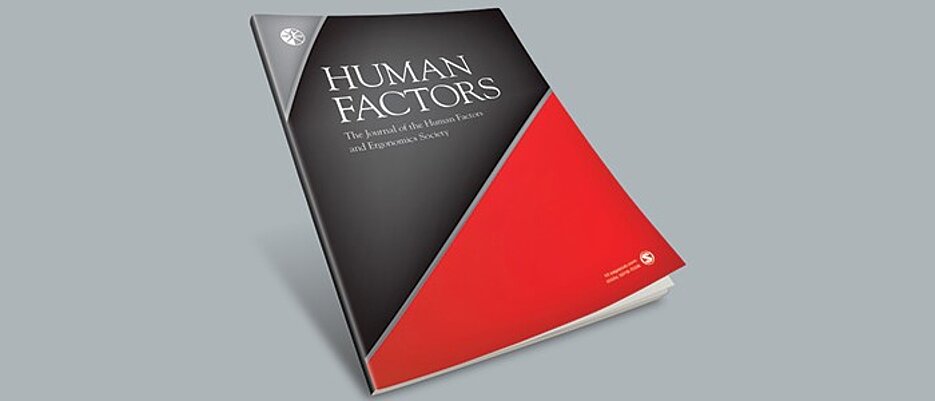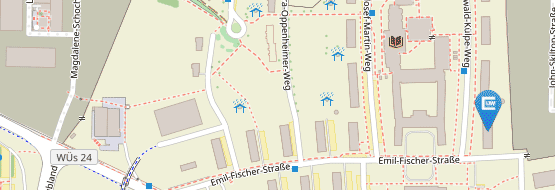Neuer PsyErgo Artikel in Human Factors über die Validität des SEEV Modells als Prozessmaß für Situationsbewusstsein erschienen!
22.02.2021Tobias Grundgeiger, Anna Hohm und Annabell Michalek haben zusammen mit Timo Egenolf, Christian Markus und Oliver Happel (Universitätsklinikum Würzburg) einen Artikel mit dem Titel „The Validity of the SEEV Model as a Process Measure of Situation Awareness: The Example of a Simulated Endotracheal Intubation“ veröffentlicht.
Mithilfe von Eyetracking Daten wurde der Zusammenhang des Salience Effort Expectancy Value (SEEV) Modells mit Situationsbewusstsein in einer medizinischen Simulation untersucht. Das SEEV Modell zeigte sich als geeignetes Prozessmaß, um die Wahrnehmung von Umgebungsänderungen vorherzusagen (Situationsbewusstsein Level 1). Der Artikel ist als open access Artikel bei Human Factors erhältlich.
Grundgeiger, T., Hohm, A., Michalek, A., Egenolf, T., Markus, C., & Happel, O. (in press). The validity of the SEEV model as a process measure of situation awareness: the example of a simulated endotracheal intubation. Human Factors. https://doi.org/10.1177/0018720821991651
Objective: In the context of anesthesiology, we investigated whether the salience effort expectancy value (SEEV) model fit is associated with situation awareness and perception scores.
Background: The distribution of visual attention is important for situation awareness—that is, understanding what is going on—in safety-critical domains. Although the SEEV model has been suggested as a process situation awareness measure, the validity of the model as a predictor of situation awareness has not been tested.
Method: In a medical simulation, 31 senior and 30 junior anesthesiologists wore a mobile eye tracker and induced general anesthesia into a simulated patient. When inserting a breathing tube into the mannequin’s trachea (endotracheal intubation), the scenario included several clinically relevant events for situation awareness and general events in the environment. Both were assessed using direct awareness measures.
Results: The overall SEEV model fit was good with no difference between junior and senior anesthesiologists. Overall, the situation awareness scores were low. As expected, the SEEV model fits showed significant positive correlations with situation awareness level 1 scores.
Conclusion: The SEEV model seems to be suitable as a process situation awareness measure to predict and investigate the perception of changes in the environment (situation awareness level 1). The situation awareness scores indicated that anesthesiologists seem not to perceive the environment well during endotracheal intubation.
Application: The SEEV model fit can be used to capture and assess situation awareness level 1. During endotracheal intubation, anesthesiologists should be supported by technology or staff to notice changes in the environment.
Zurück



